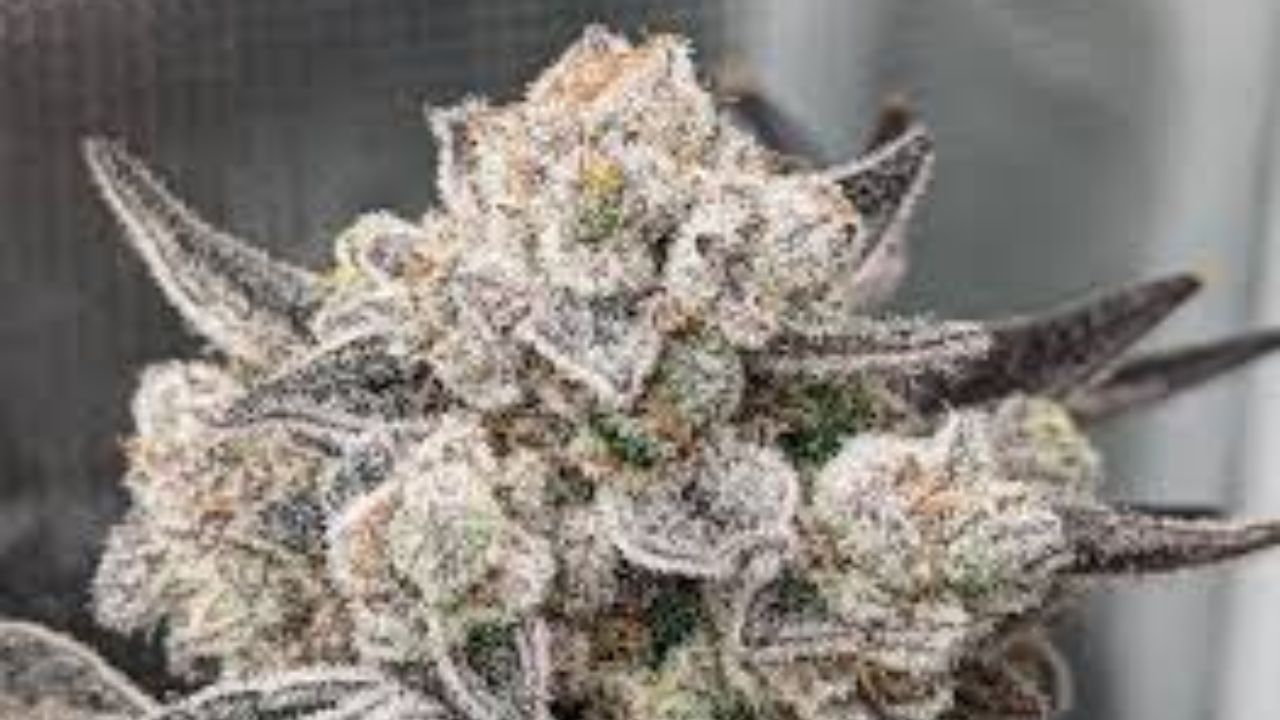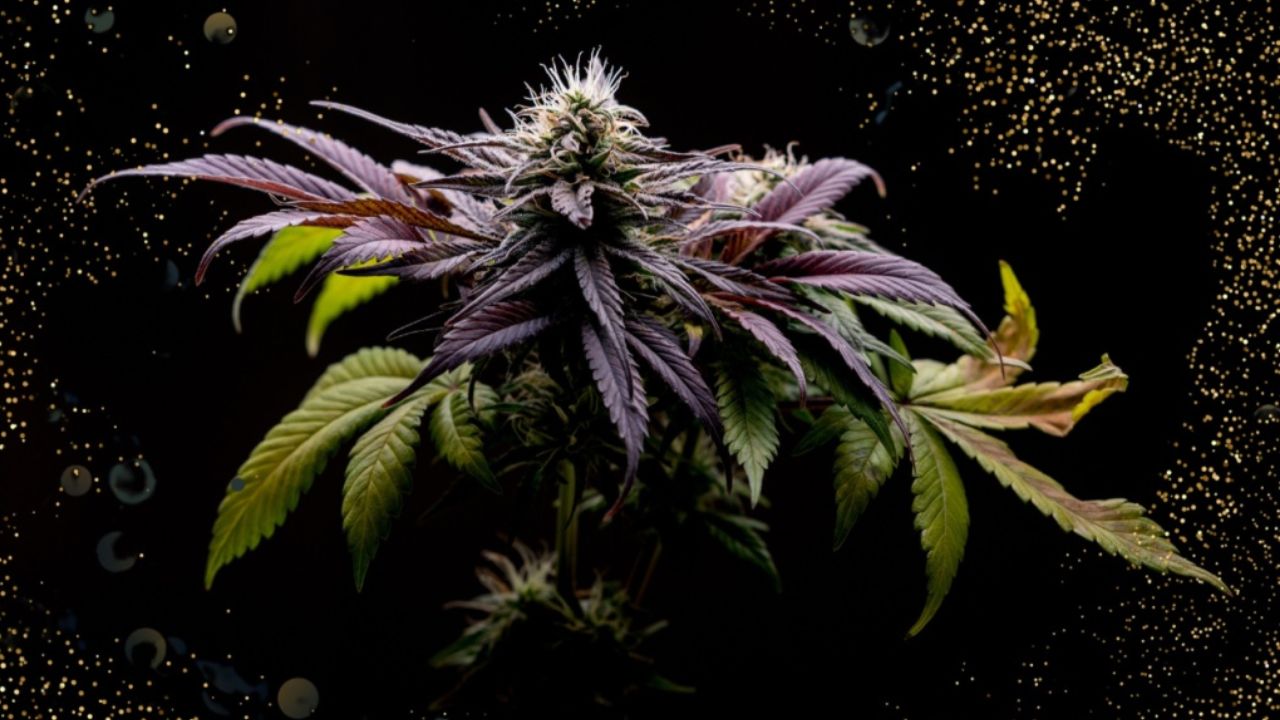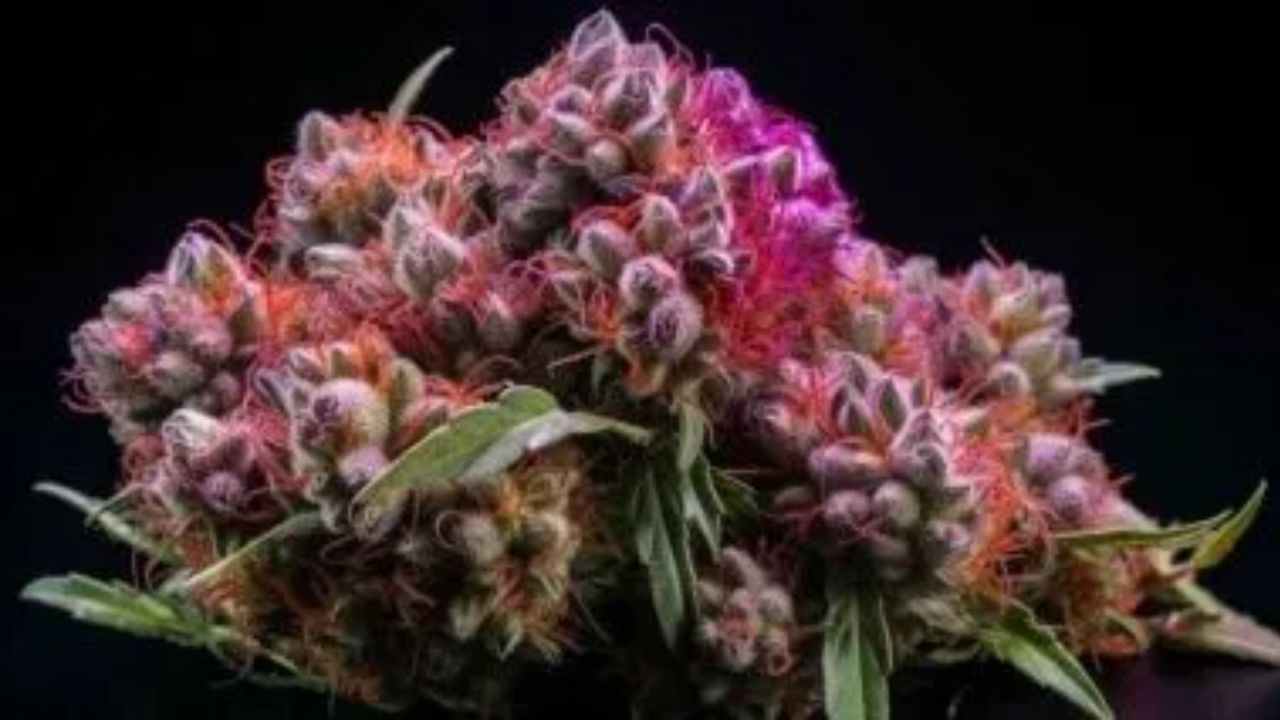Strain
How To Grow Cap Junky Strain
Cap Junky is a remarkable cannabis strain known for its unique blend of effects, tantalizing aroma, and impressive potency. Originating from a meticulous breeding process that combines the best traits of its parent strains, Cap Junky has quickly gained popularity among both recreational and medicinal users. Its balanced hybrid nature offers a harmonious mix of indica and sativa effects, giving it a flexible option for a range of situations. Understanding the specific growing requirements of Cap Junky is crucial for anyone looking to cultivate this strain successfully. From selecting the right environment and medium to managing its nutrient needs and flowering process, each step plays a vital role in achieving a bountiful harvest. Whether you’re a seasoned grower or a novice, this guide will provide you with the essential knowledge and practical tips needed to grow Cap Junky to its full potential.
Optimal Environmental Conditions for Growing Cap Junky Weed Strain
Temperature: Cap Junky thrives in a controlled temperature range. Daytime temperatures between 68-79°F (20-26°C), resembling Mediterranean climates, support robust growth and resinous bud development. Nighttime temperatures above 60°F (15°C) prevent plant stress, ensuring optimal cannabinoid and terpene production.
Humidity: Effective humidity control is vital to prevent mold and mildew, especially with cap junky dense bud structure. Maintain 40-60% humidity during vegetative growth to encourage healthy leaf development. Reduce humidity to 35-50% during flowering to minimize bud rot risks and foster high-quality, potent buds.
Lighting: Full-spectrum lighting is crucial for cap junky growth. Indoors, invest in high-quality LED grow lights covering all growth stages. Outdoor growers should select sunlit sites for most of the day. Transitioning to 12 hours of light and 12 hours of darkness triggers flowering, Muha Meds Carts which is pivotal for indoor setups.
Air Circulation and Ventilation: Adequate airflow is fundamental for successful cultivation. Indoor growers benefit from ventilation systems that maintain ideal temperature and humidity levels. Air circulation strengthens stems and prevents pest and disease issues. Outdoor growers should space plants for natural airflow and sunlight penetration.
Soil Requirements: cap junky seeds thrives in nutrient-rich, well-draining soil with a pH of 6.0-7.0. Enrich soil with organic matter to support vigorous growth. Soil choice significantly impacts yield and bud quality, whether cultivating indoors or outdoors.
Watering Practices: Consistent, appropriate watering is essential for optimal growth. Avoid overwatering to prevent root rot and underwatering to avoid plant stress. Adjust watering frequency based on growth stage to ensure moist, not waterlogged, soil conditions.
By meticulously managing these environmental factors, cultivators can maximize cap junky potential, yielding potent, flavorful buds. Success lies in attention to detail and recreating ideal growing conditions.

Setting Up the Ideal Growing Space for Cap Junky Weed Strain
Creating the perfect environment for cultivating the Cap Junky weed strain is essential for achieving optimal growth, yield, and potency. Whether you’re growing indoors or outdoors or using a combination of both, ensuring that the space meets the strain’s specific needs is crucial. Here’sHere’s how to set up the perfect cannabis growing space for Cap Junky.
Indoor Growing Setup
Space Considerations: Choose a space that can accommodate the height and spread of your plants, whether it’s a grow tent, a dedicated room, or a cabinet. Using reflective walls or lining can maximize light efficiency, vovo strain ensuring your plants receive light from all angles.
Lighting: High-quality LED grow lights that offer a full spectrum of light are ideal for Cap Junky. These lights mimic natural sunlight, promoting healthy growth and potent bud development while being energy efficient. Adjust the height and intensity of the lights as the plants grow to avoid light burn and ensure even growth.
Ventilation and Air Circulation: Good air circulation and ventilation are essential for maintaining ideal temperature and humidity levels and preventing mold and pests. Use an exhaust fan to remove hot air and an oscillating fan to circulate air within the grow space. This setup also helps strengthen the plants by simulating a gentle breeze.
Climate Control: A reliable climate control system is crucial for precisely managing temperature and humidity. Use humidifiers, dehumidifiers, and air conditioners to maintain the optimal environment throughout the different growth stages.
Growing Medium and Containers: Cap Junky flourishes in well-draining, nutrient-rich soil, but hydroponic systems can also yield excellent results. Fabric pots or air pots enhance aeration and prevent root circling, black truffle strain ensuring the roots have enough room to grow.
Outdoor Growing Setup
Location Selection: Choose a spot that receives ample sunlight throughout the day. Cap Junky should be planted in a location protected from extreme weather and excessive wind. A south-facing garden maximizes sunlight exposure, which is crucial for robust growth.
Soil Preparation: Enhance the soil with organic compost, perlite, and vermiculite to improve drainage and aeration. Test and adjust the soil’s pH to between 6.0 and 7.0 to ensure nutrients are readily available to the plants.
Water Management: While natural rainfall benefits outdoor plants, additional watering is necessary during dry spells. A drip irrigation system can provide consistent, measured watering, Space Club Disposable reducing the risk of over or under-watering.
Pest and Disease Prevention: Manage pests using natural predators and barriers. Companion planting with marigolds or basil can deter certain insects, while a mesh screen can protect plants from larger pests.
Creating an optimal growing environment for cap junkie strain, whether indoors or outdoors, requires careful planning, the right equipment, and ongoing attention to the plant’s needs. By setting up your growing space meticulously, with proper lighting, climate control, and care practices, you can achieve a successful harvest of this exceptional cannabis strain.
Propagation and Germination of Cap Junky Marijuana Seeds
The initial stages of cultivating the Cap Junky weed strain, from seed propagation to germination, are crucial for the success of the entire growing process. Achieving a high germination rate and ensuring healthy seedling development require careful attention and precision. This section outlines the best practices for propagating and germinating Cap Junky seeds, purple octane strain laying the foundation for robust growth and high yields.
Seed Selection and Preparation
Quality and Genetics: Start with premium Cap Junky seeds from a reputable source to ensure genetic purity and vitality. High-quality seeds have a better germination rate and result in vigorous plants that exhibit the strain’s desirable traits, such as potent THC content and distinctive flavor profile.
Pre-Germination Checks: Inspect the seeds for any signs of damage or disease. Healthy seeds are usually hard and dark-colored. Avoid seeds that look pale or feel spongy, Ether Strain as they may not germinate successfully.
Germination Techniques
There are several methods for germinating cannabis seeds, each with its advantages. Choosing the right technique for your Cap Junky seeds can influence their initial development:
Paper Towel Method: This popular technique involves placing seeds between moist paper towels and then inside a plastic bag or between two plates to create a dark, humid environment. Keep the setup in a warm area, around 70-85°F (21-29°C), and ensure the paper towels remain moist. Seeds typically sprout in 24-72 hours.
Direct Soil Method: Planting seeds directly into their growing medium is the most natural method and reduces the stress of transplanting. Plant seeds about a quarter-inch deep in moist, Pluto Labs nutrient-rich soil and maintain a stable temperature and humidity level. This method allows the taproot to grow downward naturally, strengthening the plant’s foundation.
Starter Plugs and Rockwool Cubes: Ideal for hydroponic setups, starter plugs and Rockwool cubes provide an excellent balance of moisture and aeration for seed germination. Insert the seed into the pre-made hole, gently cover it, and keep the medium moist. This method is straightforward and minimizes the risk of damage when transplanting young plants.

Post-Germination Care
Once your Cap Junky seeds have sprouted, proper care is crucial for developing strong, healthy seedlings:
Light: Seedlings require plenty of light for robust and healthy growth. If growing indoors, place them under a grow light for about 18 hours a day to mimic long summer days. Position the lights close enough to prevent stretching but far enough to avoid heat stress.
Watering: Young plants are sensitive to overwatering, which can lead to root rot. Water lightly but consistently, maintaining a damp but not soggy growth substrate. Misting the area with a spray bottle can help avoid overwatering while ensuring the seedlings receive enough hydration.
Temperature and Humidity: Maintain a warm environment around 70-77°F (21-25°C) and moderate humidity levels (60-70%) to create an ideal climate for seedling growth. These conditions help ensure a smooth transition from germination to the vegetative stage.
Successfully propagating and germinating cap junkie strain is the foundation for a fruitful cultivation experience. By following these guidelines and providing tender care, Blue Raspberry Gelato growers can look forward to nurturing seedlings into thriving plants that will produce the high-quality buds the Cap Junky strain is known for. The travel from seed to harvest is filled with anticipation and rewards, with these early steps being critical to ensuring successful growth.
Conclusion
Successfully cultivating the Cap Junky weed strain is a rewarding journey that begins with comprehending its specific needs from seed propagation through to harvest. By carefully selecting high-quality seeds, employing effective germination techniques, and providing meticulous post-germination care, you set the stage for robust and healthy plants. Whether growing indoors or outdoors, creating an optimal environment with proper lighting, climate control, and watering practices is crucial for maximizing the strain’s growth potential and yield.
Throughout the growing process, attention to detail and responsiveness to the plants ‘ needs is key. From managing temperature and humidity to ensuring adequate air circulation and preventing pests, every step contributes to the overall success of your cultivation efforts. Growing Cap Junky is not just about the end product; it’sit’s about enjoying the process and learning along the way. Each stage of growth offers new challenges and opportunities for growth as a cultivator. With patience, care, and dedication, you can achieve a successful and rewarding cultivation experience, producing top-quality cannabis that you can be proud of.
FAQ
What are the optimal growing conditions for Cap Junky?
Optimal conditions for Cap Junky: 68-79°F, 40-60% humidity (vegetative), 35-50% (flowering), high-quality LED lights, and good air circulation.
Which germination method works best for Cap Junky seeds?
The paper towel method is highly effective for germinating Cap Junky seeds, providing a warm, moist, and dark environment.
How can I ensure a high germination rate?
Using high-quality seeds, maintaining a warm and moist environment, and avoiding overhandling the seeds will ensure a high germination rate.
What lighting schedule should I use for indoor growing?
For indoor growing, use an 18-hour light cycle during the vegetative stage and a 12-hour light cycle during flowering.
How do I know when it’s time to harvest?
Harvest when the trichomes change colour from clear to milky or amber and when the pistils turn from white to brown.

